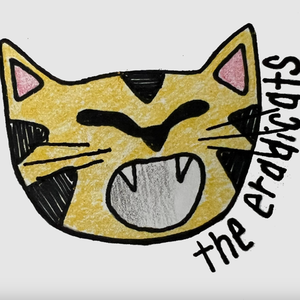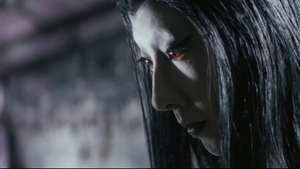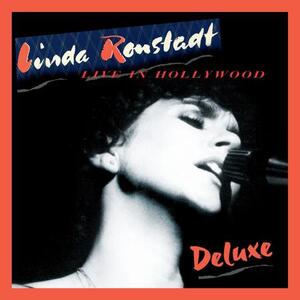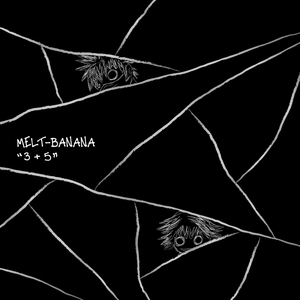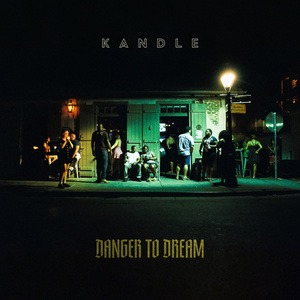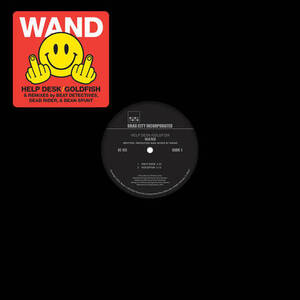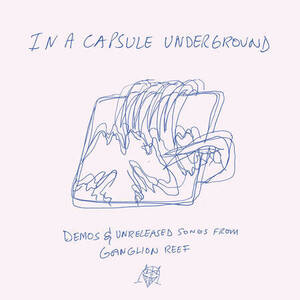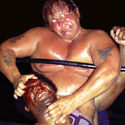
The Heels
by Greg Oliver and Steven Johnson
ECW Press

For those of us who love the sport (and yes, it is a sport) of professional wrestling, who have grown up and matured while following it and who, as fans, have provided the vast sums made by the industry over the past two decades-plus, 2007 has been a terrible year, a year defined by loss and controversy. We lost two of the greatest black performers the business has ever seen, in “Big Cat” Ernie Ladd and “Bad News Allen” Coage, and one of the best female performers ever, in Sherri Martel. A number of athletes have died this year, including Mike “Awesome” Alfonso and Scott “Bam Bam” Bigelow. Several top stars, including HHH and The Undertaker, have lost much of this year to injury. The entire business has come under much-needed scrutiny as a result of what has become known as the Benoit Family Tragedy. Sad, sad, sad.
Yeah, this has been a suck-ass year for wrestling, all around–the kind of year that has made many fans wonder why they even care at all. The mainstream media has had it out for the sport ever since the first steroid scandals hit in the early 1990s; such sentiment was bolstered by the deaths of Owen Hart in 1999, Eddy Guerrero in 2005 and Chris, Nancy and Daniel Benoit in June 2007.
In these dark times, wrestling aficionados need something to remind them of what was so compelling and captivating about the sport to begin with, and thankfully that something has come in the form of (of all things) a book. The Heels may be the most ambitious wrestling-related project ever attempted in this form, and the result is that most rare and remarkable of media: something that serious fans can appreciate, but which can also appeal to newer audiences.
In wrestling parlance, “heels” are the bad guys, as opposed to “faces,” who are the good guys. As could be expected of a business which has been predetermined since the mid-20th century, wrestling is built largely around personalities and the relationships between them. It was just as true in the 1950s as it is today: the dynamic between well-defined personalities is key to selling tickets and pay-per-views. Indeed, it can be argued that strong heels and strong faces are both essential to doing quality long-term business.
Most veteran wrestlers agree that working heel is more fun and probably more lucrative than working face. Most of the names commonly associated with greatness in the field were heels during their peak years. Even well-known faces like Dusty Rhodes, Hulk Hogan, Steve Austin, The Rock, John Cena and Shawn Michaels spent their early formative years as heels prior to getting the big push as faces. All returned to heel status for periods after their big push–except Cena, who is peaking now as a face and will surely “turn” heel again at some point in the intermediate future.
Ricky “The Dragon” Steamboat is widely regarded as one of the greatest in-ring performers ever, but close friends like Ric Flair (himself equally potent as a face or as a heel) assert that his legacy will be forever incomplete because he never spent significant time as a heel. The implication therein is that the skill set associated with making the fans hate you is crucial to your overall effectiveness as a pro wrestler. The subtle science of drawing from the heel position has never been examined in detail, but authors Greg Oliver and Steven Johnson have made the best effort yet to explaining a job that, when done correctly, leaves few if any traces for outsiders to really examine.
The first chapter is devoted to who the authors consider to be the 20 best heels to ever work in the business. Like any such subjective listing, there is ample room for fans to debate, but their top three are more or less indisputable: “Nature Boy” Buddy Rogers, his archetype Gorgeous George, and The Sheik, who terrorized fans from his Detroit base for the better part of 40 years. These are old-school heels, who protected the business by leaving no daylight whatsoever between their characters and their real lives.
The Heels is a great read for old and new fans alike. Of 111 wrestlers profiled in its 400 pages, only about 14 could be considered “active,” in the sense that they could easily turn up on TV today–that group includes people like Randy Savage, Terry Funk and the Iron Sheik–while over 30 have not been seen or mentioned in any televised format since “Monday Night Raw” debuted in the early ’90s. Rick Martel, who wrote the foreword, got his biggest push as “The Model” in the WWF in the early-‘90s, but is better-known for a face run as AWA champ in the ’80s. More contemporary talents like Edge, Kane, HHH and Jeff Jarrett are sprinkled through the text, alongside Jake “the Snake” Roberts, Tully Blanchard and Vader. (Two of the top heels of the past 20 years were Robbinsdale High classmates “Ravishing” Rick Rude and “Mr. Perfect” Curt Hennig, both of whom were lost too soon, as was “Hot Stuff” Eddie Gilbert, who graduated with a journalism degree but majored in barbed wire.) However, fully 40 names are all but completely unknown to the modern fan, and theirs are what really sell the product. They hailed from the industry’s carny roots, the days when the athletes were classified as “clean” or “rough.”
Men like Chief Chewacki, Abe “King Kong” Kashey, Dick Daviscourt, Lord Lansdowne and “Wild” Bill Longson step out from the shadows of history as vivid as any current “superstar.” Figures from the early days of TV, like Freddie Blassie, Gorgeous George, Gorilla Monsoon, “The Mongolian Stomper” Archie Gouldie and King Curtis Iauekea are profiled. There are two Ortons (Randy and Bob, Sr.), two Poffos (Angelo and Randy, aka Savage), three real or invented Grahams (Dr. Jerry, Crazy Luke and “Superstar” Billy, born Wayne Coleman). There are no less than five different men to use the name “Nature Boy”: Flair, Buddy Rogers, Buddy Landel, Adrian Street and Roger Kirby. The stories that have come out of this business are almost beyond belief, until you remember that wrestlers are capable of just about anything. This book has a laugh-out-loud moment on every page. My favorite involves Sputnik Monroe drawing heat in the segregationist south by openly embracing blacks on camera. There’s no shortage of bar fights with drunken marks, or unsuspecting criminals getting housed by 60 year-old men. Seemingly every old-school figure profiled has a story of having to fight his way back to the locker room, or needing police escorts to get safely out of town. Flair allegedly had too much heat with the Norfolk mob for his antics with the ladies.
Ultimately, The Heels makes for a good, fast read. There is ample fresh material for anyone, including many wrestlers themselves. Unlike Ben Franklin, who once wrote of “doing well by doing good,” these guys did well by doing bad. Good for them.
ECW Press: http://www.ecwpress.com





